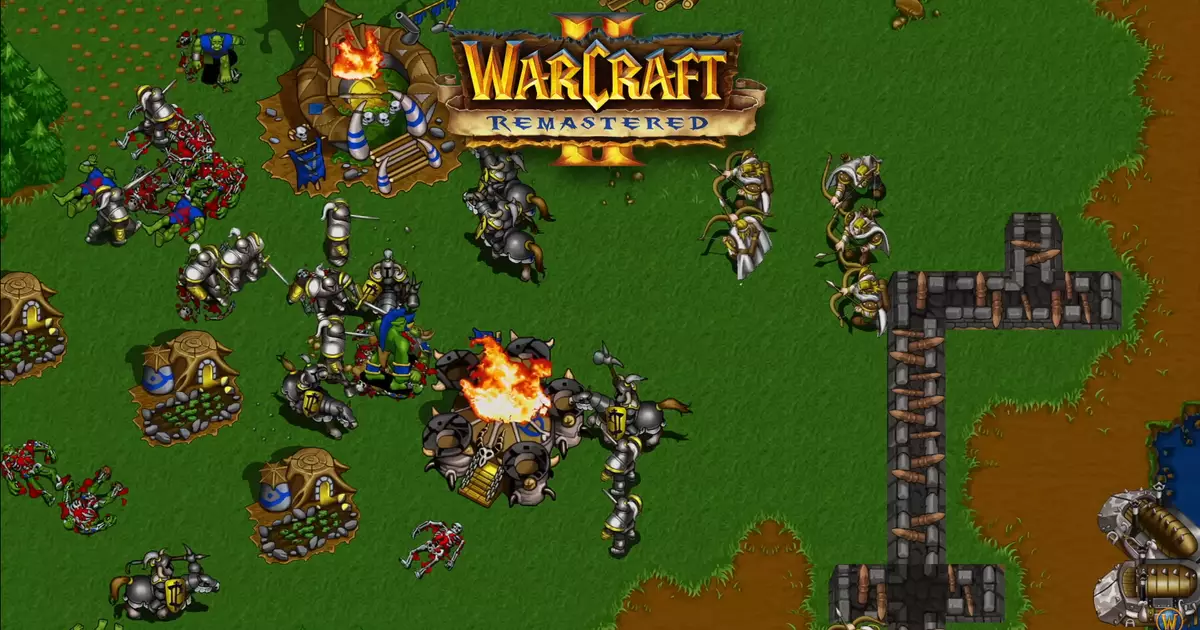In an exciting yet controversial revelation, Blizzard Entertainment has launched a remastered collection of its iconic Warcraft titles: “Warcraft II: Tides of Darkness” and “Warcraft: Orcs & Humans.” These classic real-time strategy games, which defined a genre and continue to hold a special place in the hearts of many gamers, have now been bundled together with “Warcraft III: Reforged” in what is dubbed the “Warcraft Remastered Battle Chest.” This collection is available for purchase on Battle.net, priced at £34.99 or $39.99, while individual titles can also be acquired for lower rates.
While remastering classic games inherently sparks both excitement and skepticism, Blizzard’s approach here seems to oscillate between the two extremes. The remastered editions come with updated controls for “Warcraft 1,” aligning it more closely with its sequel, thereby making it more accessible to modern gamers. The inclusion of customizable user interface (UI) and user experience (UX) elements is certainly a positive step. Moreover, “Warcraft II” retains its multiplayer capabilities, allowing legacy custom maps to be immortalized in the new format.
This remaster does not stop at mere updates; it features remastered visuals that aim to enhance the experience for both new players and veterans alike. On the other hand, the much-anticipated 2.0 patch for “Warcraft III: Reforged” has not garnered the praise some might expect. Instead, it offers updated HD assets alongside improvements in environmental visuals, but does it live up to the nostalgia of players who fell in love with these titles?
The design and visual updates of these remastered titles have drawn significant criticism. Many gamers have taken to various platforms to express their dissatisfaction with the aesthetic choices made by Blizzard. Some have described the graphical enhancements as reminiscent of poorly produced flash games or overly cartoonish designs that detract from the original tone of the games. Comparisons to “dentist waiting room pop-up books” and rudimentary art tools have flooded review forums, reflecting a sense of betrayal among fans who cherish the original artistic vision.
Despite these critiques, it is crucial to acknowledge that remasters face an uphill battle in striking the right balance between modernization and maintaining the essence of the originals. Nostalgia is a powerful force, and when a beloved game undergoes a visual facelift, it often risks alienating its core audience.
Ultimately, Blizzard’s decision to remaster these titles can be seen as a gamble, one that might pay off by attracting new players while simultaneously risking disenchantment among long-standing fans. While it’s commendable for a legendary gaming studio to bring back classics, the manner in which this is executed is of utmost importance. The remastered games are now available and represent a moment in gaming that, whether loved or loathed, undeniably exists. For ardent fans, the choice may be to embrace the flaws amid nostalgia or reject the remaster entirely—the ultimate testament to the enduring impact of these classic Warcraft games.


Leave a Reply